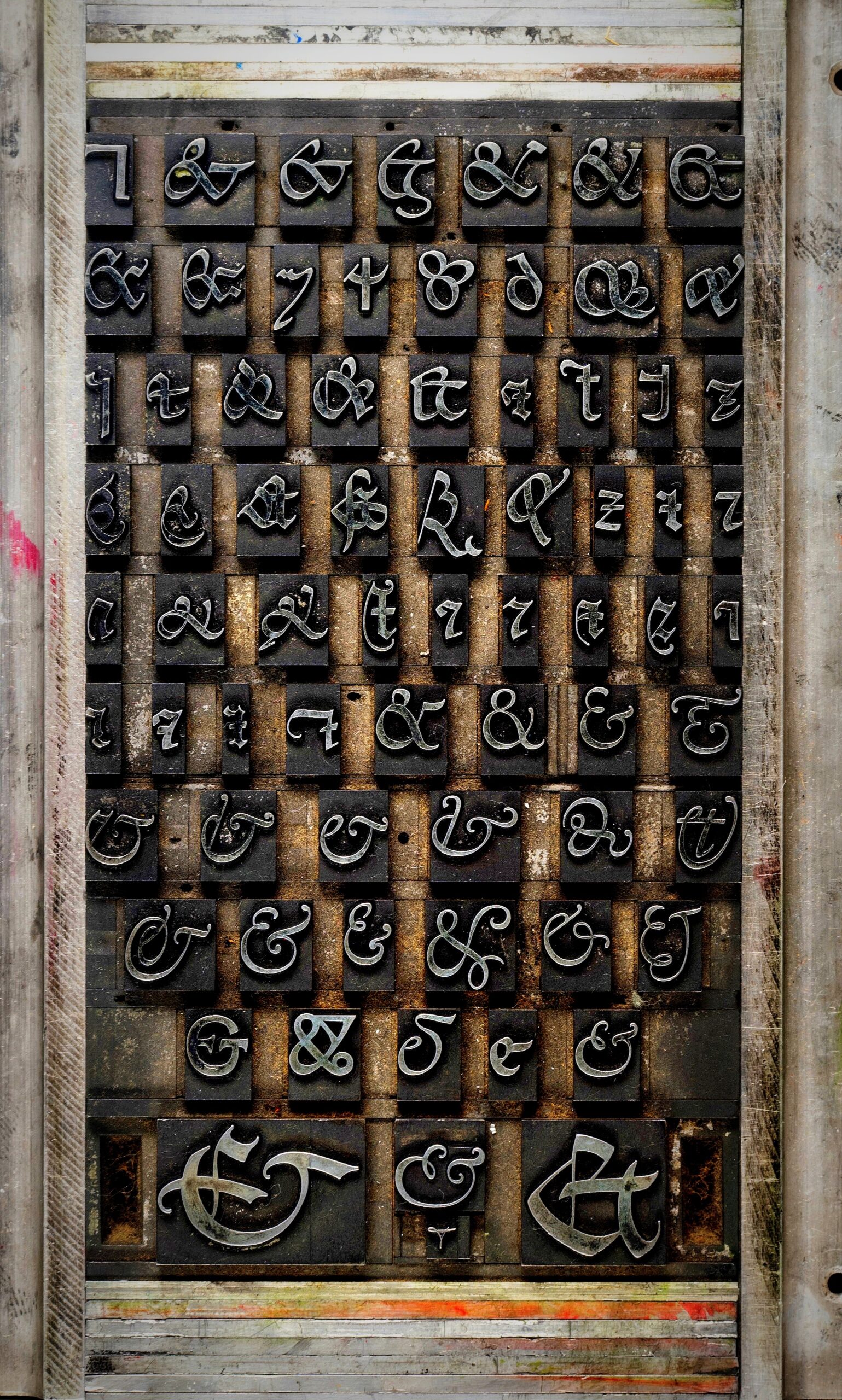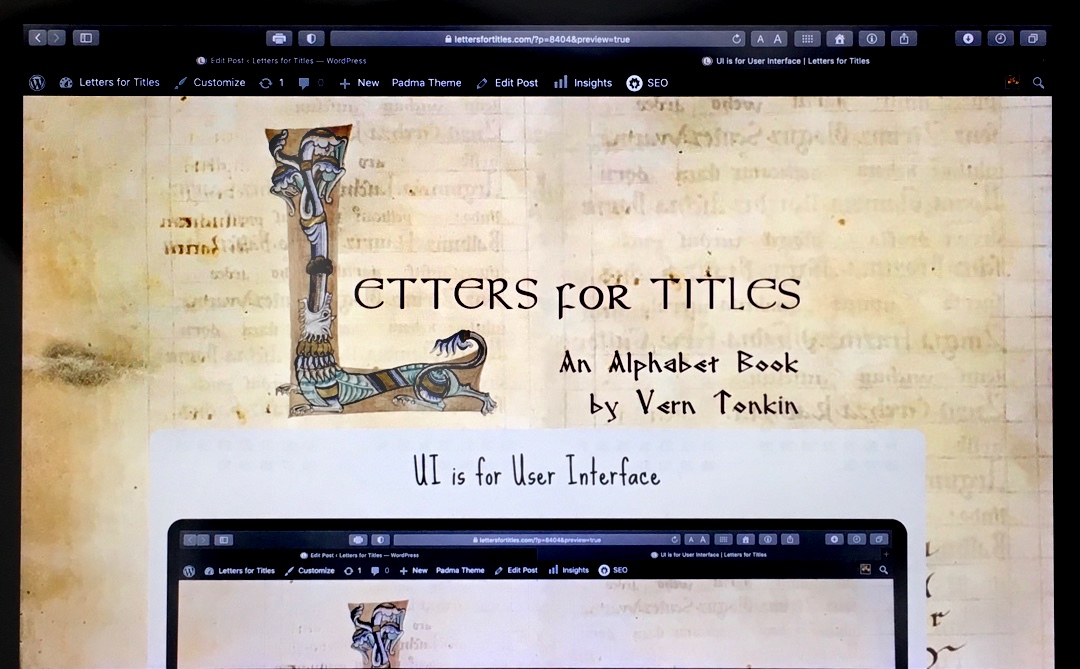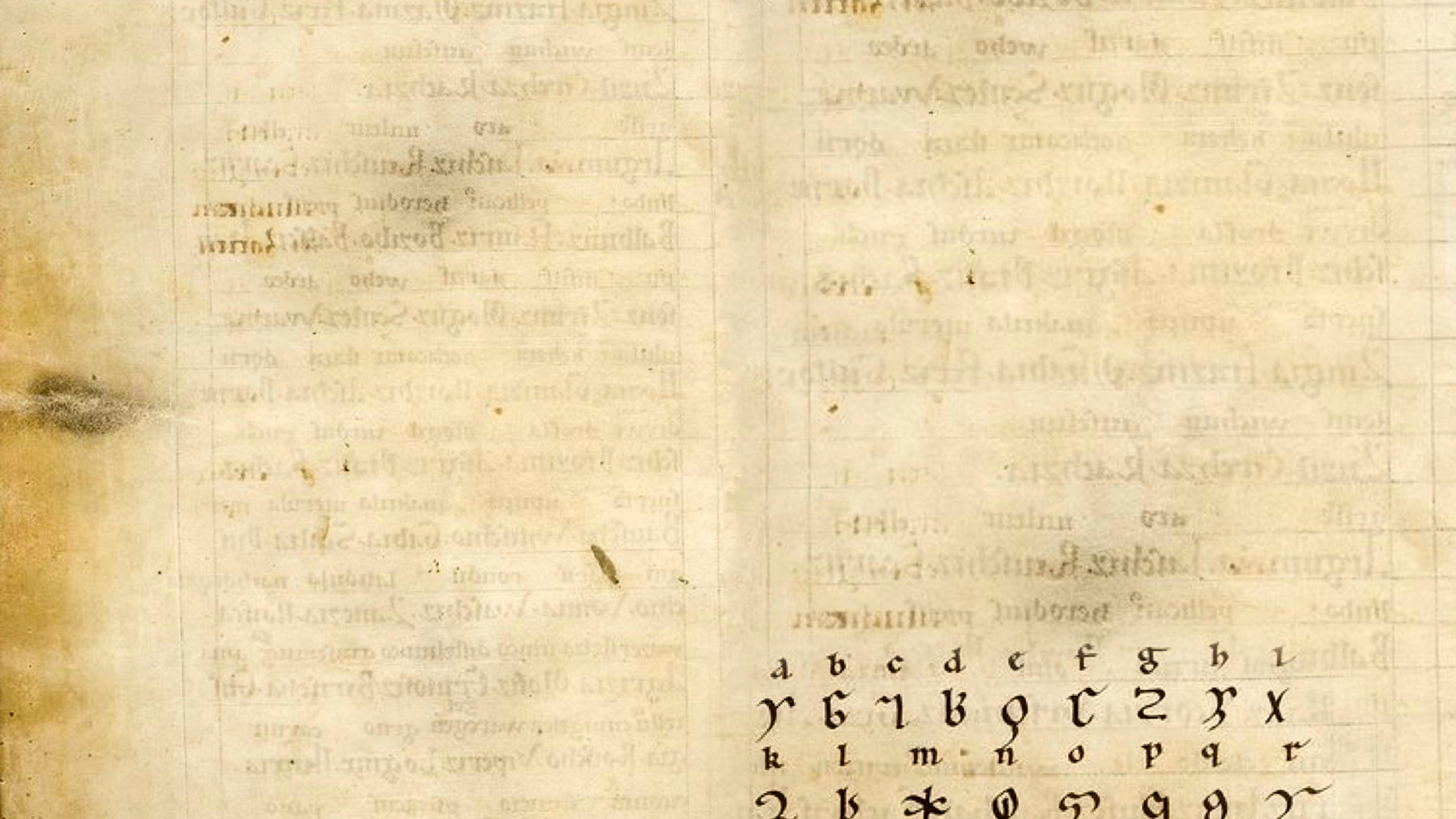 ⁊ is shorthand for the word et which means “and” in Latin. It shows up in place of “and” seven times in the only copy we have of the Rune Poem. The placements seem random, for example the Gift stanza contains “and” written out twice and ⁊ twice:
⁊ is shorthand for the word et which means “and” in Latin. It shows up in place of “and” seven times in the only copy we have of the Rune Poem. The placements seem random, for example the Gift stanza contains “and” written out twice and ⁊ twice:
Gumena byþ gleng and herenys,
wraþu ⁊ wyrþscype, ⁊ wræcna gehwam
ar and ætwist ðe byþ oþra leas.
The copy of the Rune Poem we have was copied from an older version which burned in a fire and which may have itself been a copy. It’s copies all the way down, so we have no idea what sorts of abbreviations were used in early versions or how frequently. We do know the universal truth that scribal hands get tired. Fingers cramp. Ink runs out and it’s a whole thing to make more. Writing takes time, so corner cutting is essential.
The ⁊ is called … More



